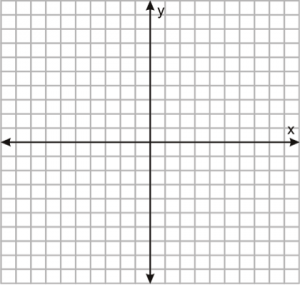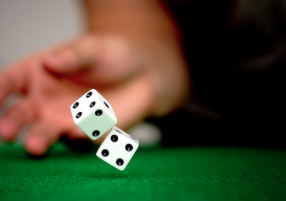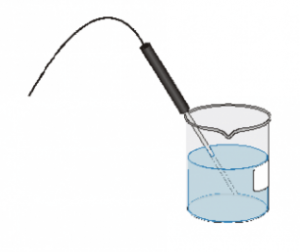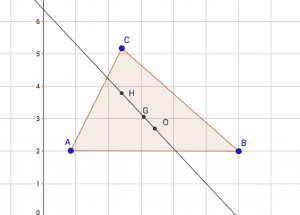This learning progression focuses on the first half of a unit on Transformations in a high school Geometry class, consisting of mostly 9th and 10th graders. The first lesson will cover 7.1 Rigid Motion in a Plane, which will just briefly introduce the concepts of transformations and what each transformation means. The second lesson will cover 7.2 Reflections, and will give students a more in depth understanding of reflections, and how to use them to find coordinates in a plane. The third lesson covers 7.3 Rotations more in depth, and then for the final lesson in the learning progression, students will have a review to make sure they understand these concepts before moving on to the second half of the chapter.
CCSS Content Standards:
CCSS.MATH.CONTENT.HSG.CO.A.5
Given a geometric figure and a rotation, reflection, or translation, draw the transformed figure using, e.g. graph paper, tracing paper, or geometry software. Specify a sequence of transformations that will carry a given figure onto another.
CCSS Mathematical Practice Standards:
CCSS.MATH.PRACTICE.MP1
Make sense of problems and perservere in solving them.
CCSS.MATH.PRACTICE.MP5
Use appropriate tools strategically.
CCSS.MATH.PRACTICE.MP6
Attend to precision.
Throughout this learning progression, students will be getting new notes in the first three lessons, while also working on practice problems and homework assignments in every lesson. I will be implementing a lot of group work during this learning progression, because it is helpful for students to compare their answers with peers so that they can work together to figure out the correct answers. For the last lesson, they will do an activity for the review, where they are put in groups, and rotating through different stations that will be focusing on the main ideas from each concept. I will be giving them entry tasks daily as their formative assessments in this learning progression to check their understanding, along with checking their homework assignments, and going over the most missed problems so that they can see common errors.
The full learning progression is attached here: edTPA Learning Progression




